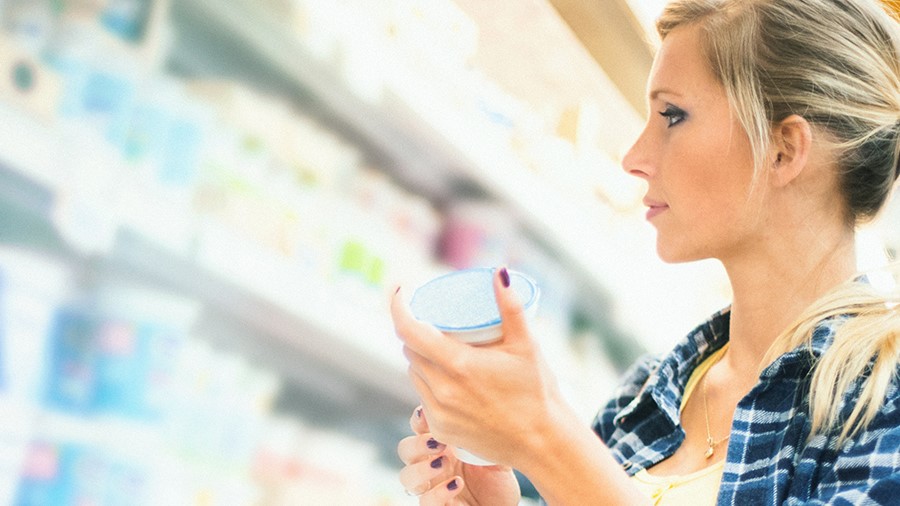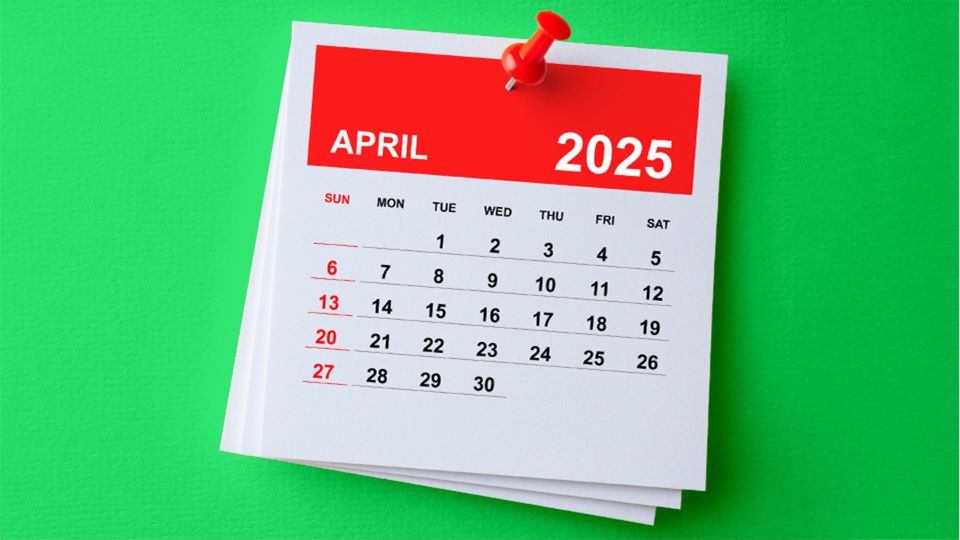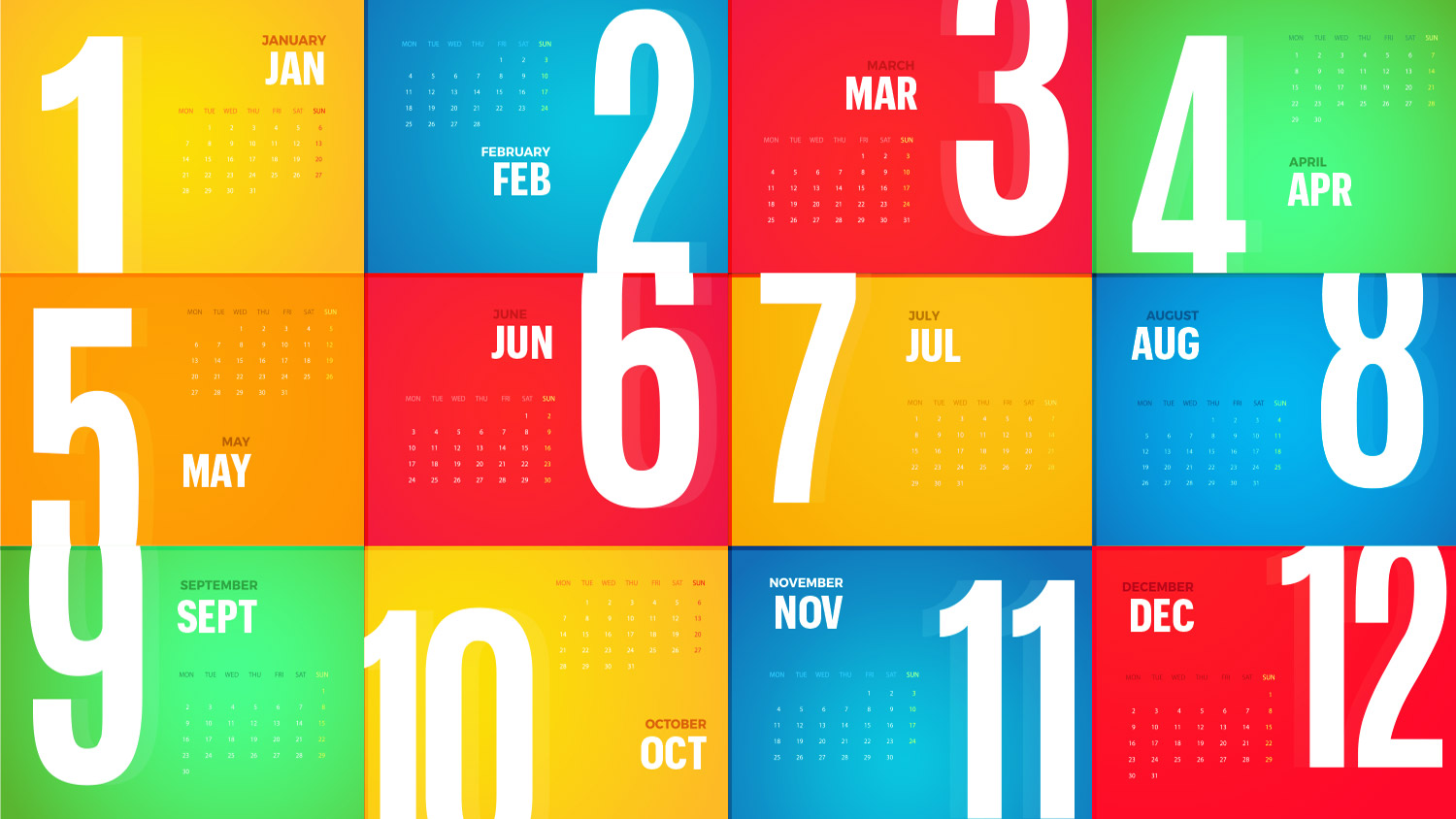Oreo or generic?
For decades, the answer was a no-brainer, even if shoppers couldn’t afford the big-name brand, they preferred it. But that’s changed. Now retailers know they need a smart private brand strategy — especially in the Covid-19 era.
Private label sales have been growing faster than national brands’ for several years, but the pandemic has goosed that trend. In the first quarter of 2020, U.S. private brand sales jumped 14.6% year-over-year, besting name brands’ 11.5% growth in the quarter, and far outpacing the 4.1% sales increase private brands scored in 2019.Retailers have their own reasons for liking private brands — also called house brands, store brands, private label and owned brands. 1
Clearly, as consumers stock their pantries to ride out Covid, private label goods have an edge.
“Private label serves two purposes for a retailer. It helps with margin management and–particularly in today’s environment — it helps with price comparison,” noted Katherine Black, principal of retail and consumer strategy, KPMG.2
The trends create a prime opportunity for retailers to switch consumers to store brands. But retailers need to execute store brands with as little friction as possible to make the most of the opportunity.
What makes this hard?
Private brands have been around for more than 150 years. While they began as high-quality, even prestige, offerings, they evolved (or devolved) into an undistinguished, low-cost alternative to national brands. Their only difference was price.
Consumers today, especially Millennials and younger generations, want transparency and authenticity from brands, including private brands. Price/value can be part of a brand identity, but not the only feature.
Production is another potential pitfall.
“Private label is inherently challenging for retailers to execute and that stems from the fact that they aren’t necessarily proven experts in developing content, sourcing and managing in the same way that true wholesale brands are,” noted Jeff Van Sinderen, equity research analyst with the investment bank B.Riley FBR. “Product content is arguably the biggest pitfall.”3
A third issue is, well, branding. Historically, uneven quality hasn’t been the only weakness of private brands. Inconsistency in naming and look — labels and packaging — was another problem.
Why does getting it right matter?
The rewards for getting private brands right are great. In the mid 2000s, the American supermarket chain Safeway had 78 different private label brands. It decided to take a more strategic approach to its owned brands portfolio and pared that down to 10, re-naming some of them.
With the new portfolio in place, the average share of owned brands in a Safeway shopper’s cart grew from 14% to 26%, with each percentage point sending $700 million to the company’s bottom line. It’s obvious why retailers are interested in a good owned brands strategy.
Over the past couple decades, several thriving grocery and general merchandise chains have pegged their success to owned brands. Think Trader Joe’s, Target, Costco and Walgreens. They ignored the conventional wisdom that retailers needed national brands to succeed, and instead, took a new approach.
That approach was pioneered by the Canadian supermarket chain Loblaws. In the 1980s they introduced President’s Choice cookies, their own brand of high-quality cookie. It quickly started outselling national brands. Their big idea was to make a really, really good product in a category that consumers cared about.
Loblaws continued down that path, creating successful top-shelf President’s Choice brand ice cream, then carbonated soft drinks, then chips. The industry took notice.
Where to start?
Begin at the beginning, with smart portfolio management. Fewer but more profitable brands is the winning strategy — and a smaller portfolio is easier to manage.
To do this, make sure your private label brands and products:
- Are true to your corporate identity. Whatever a retailer’s mission is — wholesomeness, food for life, fashion for less — make sure private brands and products deliver on that.
- Are what your customers want. Tap into customer data to understand which customer segments will drive growth and what those consumers want. Map the private brands portfolio to those needs.
- Can really move the needle. Categories consumers care about, like President’s Choice cookies, and ones where shoppers often switch brands, offer the greatest opportunity. There’s still a place for value products, but recognize that items like toothpicks and other low-interest goods will always be bought on price. And good, better, best product tiers need to have different brand names and packaging.
- Look like a brand. Label design and packaging are vitally important. A retailer can’t win marketing a select or premium product in a cheaply made, unappealing package. Poor design outside says poor quality inside.
- Get to market quickly… and often. Use customer data to nose out openings for new private brand products, then get them into the market ahead of competitors. Never stop looking for new product opportunities.
Private brands at a glance
- The first private label brand may have been Brooks Brothers; the haberdasher introduced a line of ready-to-wear clothes under its own name in 1849 4
- Today, private label sales are growing four times faster than national brands, though sales of branded products are still much larger 5
- Private label sales rose to $143.4 billion in the 52 weeks ended May 25, 2019, up 3.7% from the previous year, and a 2.5% four-year compound annual growth rate 6
- Name brand product sales grew to $671.3 billion in the 52 weeks ended May 25, 2019, up 1.9% from the prior year and a 1.0% four-year compound annual growth rate 6
- 40% of surveyed Americans say they would pay the same or more for the right store-branded product, while only 26% feel that name brands are worth the extra price 6
- Grocers turn only about 1% of their sales of third-party goods into a profit, but stores can realize profit margins of between 25% and 30% on sales of house-brand goods 7
- A Coresight Research report says we may be at the tipping point at which private label goods are more important to retailers than those supplied by national brands 7
- In 2019, private label sales were 17.6% of consumer goods sales, and growing 6
This piece, originally posted March 5, 2020, has been updated to reflect new developments due to the Covid-19 pandemic.



